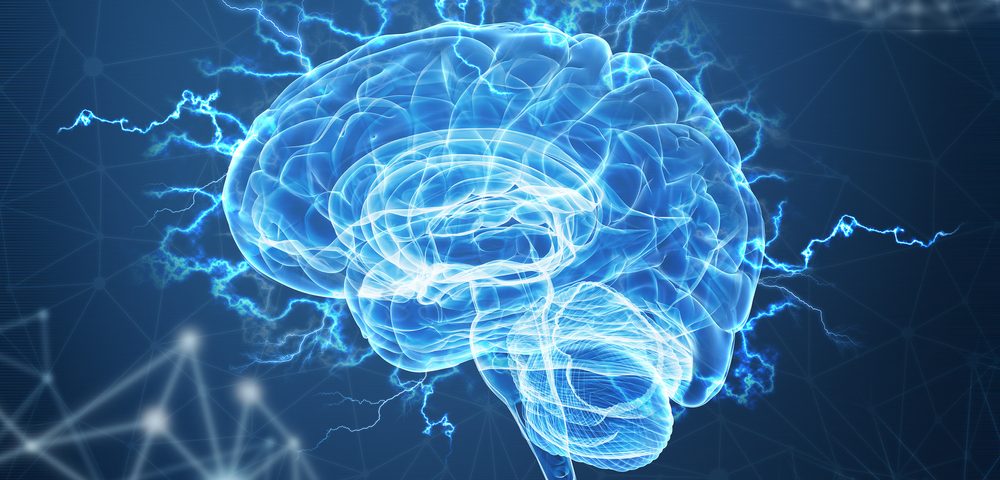ALS Patients with Parkinsonian Symptoms Have Differences in Brain Activity, Study Finds

As many as a third of people with amyotrophic lateral sclerosis (ALS) also have symptoms of Parkinson’s disease, which may be due to differences in brain activity between those with and without these symptoms, a study reports.
The study, “Parkinsonian traits in amyotrophic lateral sclerosis (ALS): a prospective population-based study,” was published in the Journal of Neurology.
Symptoms of Parkinson’s disease (or Parkinsonian symptoms) include bradykinesia (slow movements), rigidity, and tremors. Although these symptoms are not thought of as typical in ALS, some ALS patients do experience them. However, there aren’t many scientific studies of this phenomenon, so it’s unclear how common it is for ALS patients to have Parkinsonian symptoms or why some have these symptoms and some don’t.
To try to fill some of these knowledge gaps, researchers recruited 101 patients (64 males and 37 females) who were diagnosed with ALS in 2013 and studied their demographic, clinical, neuropsychological, and genetic characteristics.
Using clinical examinations and video recordings of patients, three expert neurologists divided the patients into two groups: 28 patients with Parkinsonian traits (the ALS-PK group) and 73 without (the ALS group).
After following up with the patients, some who were initially in the ALS group developed Parkinsonian symptoms and were reassigned; at the end of the study, the ALS-PK group included 31 individuals, approximately a third of the total population.
Join our ALS forums: an online community especially for patients with Amyotrophic Lateral Sclerosis.
The researchers noted that the ALS-PK group was disproportionately male (three times more likely to be male in this group), but both groups were similar in terms of other demographic features such as age at disease onset, family history of ALS and Parkinson’s, and type of ALS.
The patients were tested for genetic mutations related to ALS and Parkinson’s, but the investigators reported they “did not find any difference in genetic mutation frequencies comparing ALS-PK and ALS patients.”
The researchers also imaged a subset of the patients’ brains using positron emission topography (PET) and magnetic resonance imaging (MRI) scans, noting some differences between people in the ALS-PK group and those in the ALS group.
For instance, ALS-PK patients tended to have more activity in the right insula — the part of the brain associated with motor control, perception, and empathy, among other things — but these patients also tended to have less brain matter in the region near the premotor cortex, a brain region involved in movement. It’s not totally clear whether or how these differences result in Parkinsonian symptoms, and more research is needed, according to the scientists.
The study had several limitations. First off, it’s a relatively small sample of patients, so these results can’t be globalized. The researchers also noted that it can be quite difficult to differentiate ALS-PK from ALS.
“For example, bradykinesia was detected in a high percentage of non-ALS-PK patients,” they wrote, adding that the experience of an examiner — and, ideally, having multiple experts who can independently reach a consensus — is critical in making this distinction.
“These distinct functional and anatomical patterns indicate that PK signs in ALS-PK are related to the involvement of pathways different from those impaired in PD or other movement disorders and this further widens the clinical and pathological spectrum of ALS,” they concluded.






